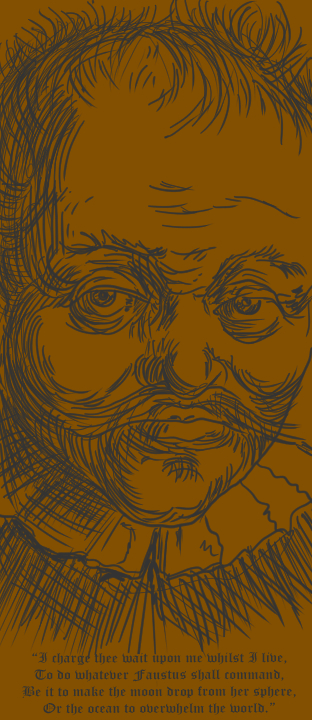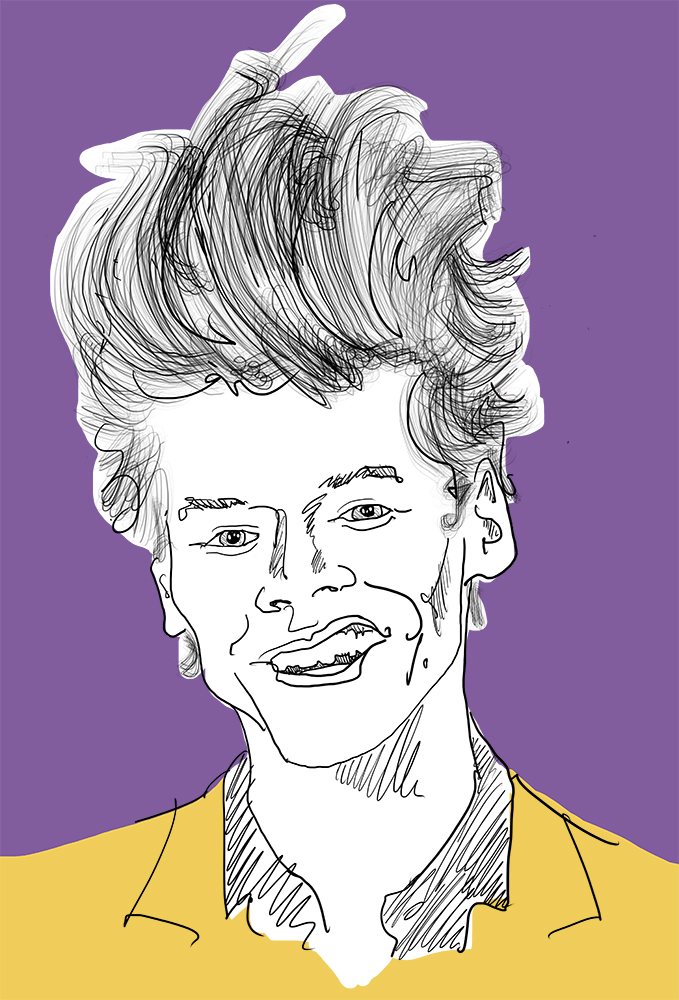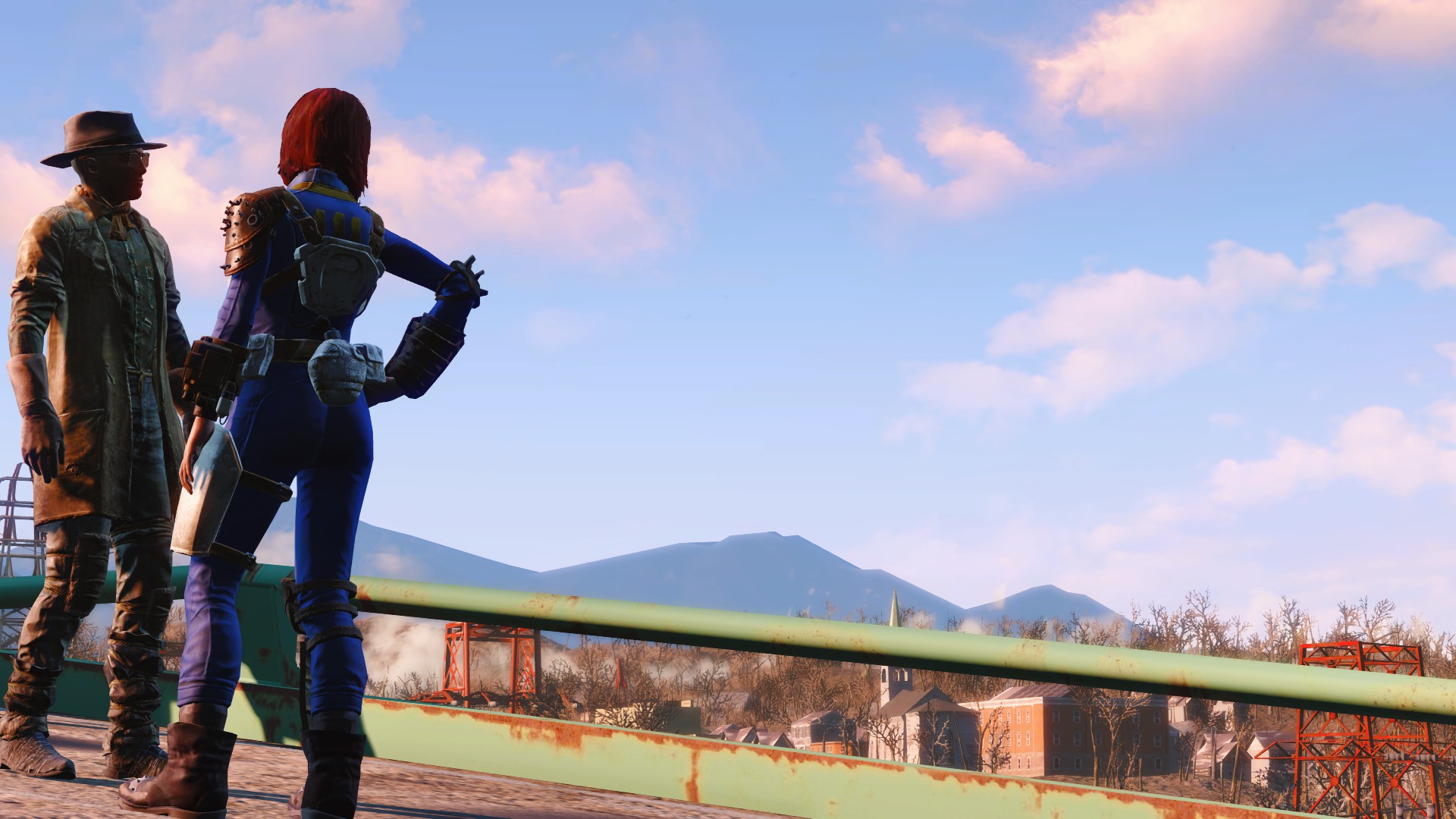“Star Wars” is a huge influential American movie franchise, reaching audiences across the world. The new movies have been wildly successful, building on the story and characters originally created by George Lucas. “Star Wars” has always been a series about the struggle of the rebels against a much more powerful omnipotent overlord, and chronicles the story of the beloved underdogs fighting it. What is especially unique about the most recent installment, however, is how much value is placed on life.
Sci-fi movies these days are becoming more violent; countless civilians can die in no more than thirty seconds of screen time, and this tragedy isn’t really touched upon. This is particularly common with soldier characters—any movie with any kind of battle shows the death that comes with war, but never really shows who the people dying are. There is no screen time for the mother who gave birth to them, the siblings who love them, and the people who were close to their heart. The movie shows the death, but not the person they were, and the people who loved them. It doesn’t show the crushing loss the death of a minor character brings.
By contrast, “Star Wars: The Last Jedi” does a lot to show who the rebels are. It shows their faces as they die and it shows the impact each death has on those in command—General Leia in particular. It is difficult to watch strong, passionate rebels die in the hands of an evil overlord. In one particular scene, Leia slaps and demotes Poe, a headstrong fighter pilot, after he goes against her orders and continues a mission to destroy a First Order warship, at the great cost of many ships and their pilots. The audience even sees a bomber pilot scrambling to drop bombs on the ship, dying heroically in a way you’d expect a main character to, but never an unnamed extra. Later, it shows the bomber’s sister, Rose, crying on the rebel ship after her sister’s death. She goes on to help strike a huge blow against the First Order. This film shows emotion, it shows the cost behind every attack, and it shows how much each rebel gave up with their decision to fight back against their oppressors.
This respect for the minor character is expanded on Leia’s character as well. It shows her not just as a general hellbent on beating the First Order and restoring peace to the galaxy, but also as a general who cares deeply for her troops. It even breaks the trope of the rebellious hero who goes against orders and saves the day: the audience sees this character, in this case Poe, realize and feel the loss each attack brings. It’s a badass story where you don’t have to be the son of Darth Vader to be the savior of the galaxy; sometimes you just have to want to stand up against your oppressor.
Perhaps that’s the best part of the “Star Wars” films—that power it gives the oppressed, the strength and bravery it gives to every rebel in the movement. This is a powerful theme for a such a successful franchise to have. It could even have real world implications for the victims of oppression everywhere, empowering them to fight against what’s wrong in this world.
This article originally appeared in the print edition of our January 2018, issue.





